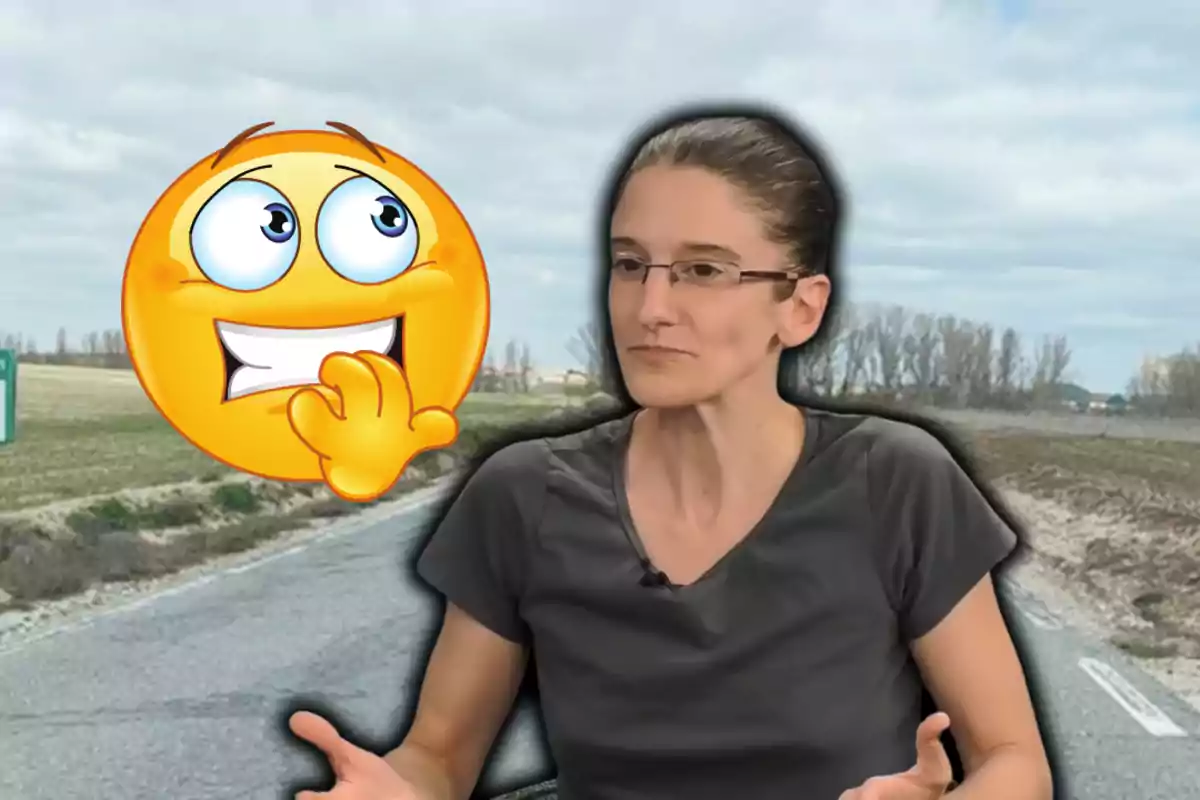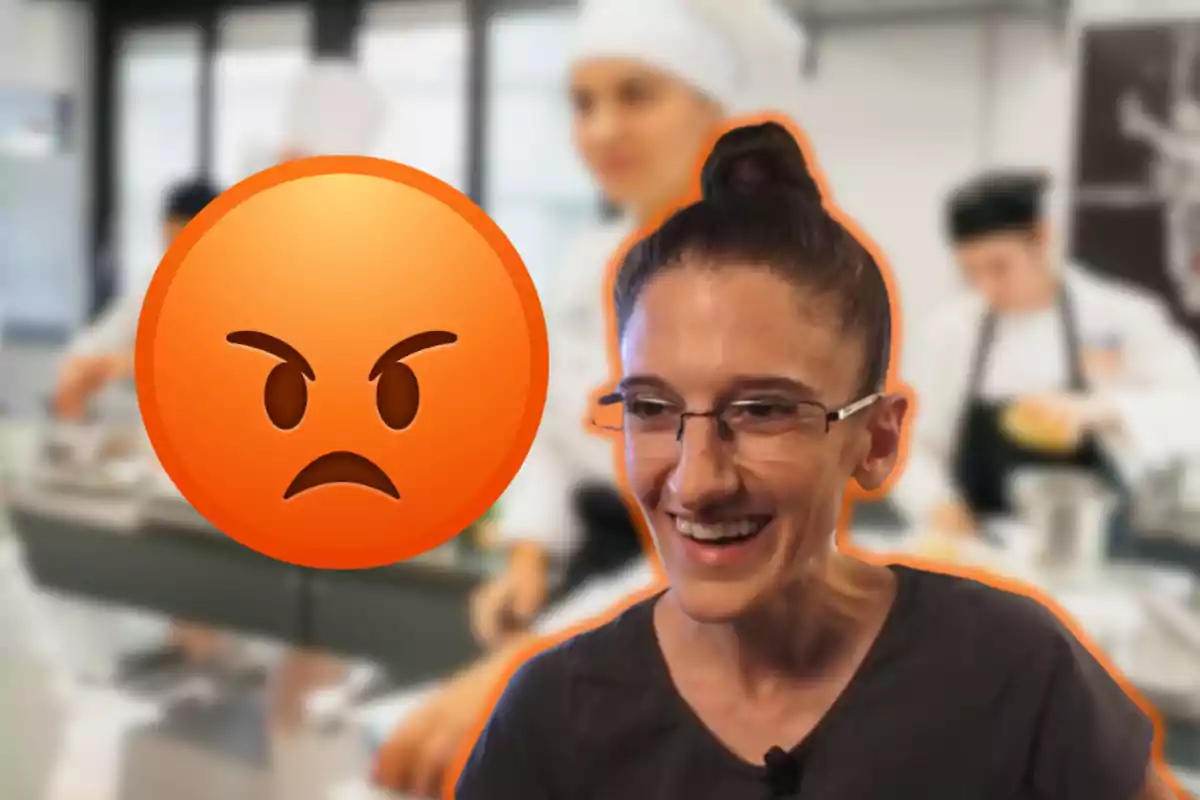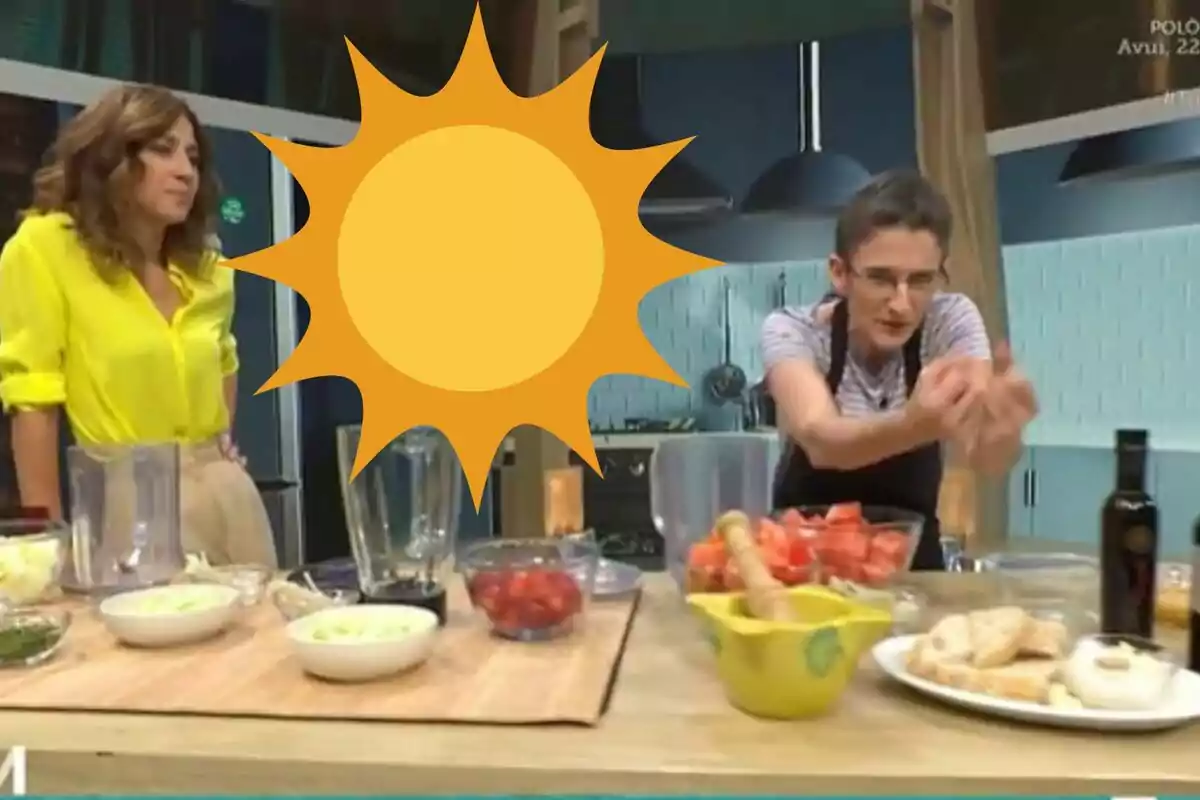When temperatures rise and the asphalt seems to melt underfoot, consumers look for light and refreshing options to eat without giving up the pleasure of good food. It's no coincidence that every summer gazpacho becomes a trend, reappearing on social media, in supermarkets, and in home kitchens.
However, at a time when technology and creativity have transformed everyday gastronomy, chef Maria Nicolau has put a new spin on this classic, reclaiming its humble origins and proposing three innovative versions to take on the heat wave.
a journey to the origins: gazpacho as a survival recipe
Talking about gazpacho today evokes images of ripe tomatoes, fresh cucumbers, and extra virgin olive oil. But Nicolau reminds us that gazpacho was born as a subsistence dish, invented by peasants who only had dry bread, garlic, vinegar, oil, and water. There was no sign of tomato, which would take centuries to arrive from America and become the king of the Mediterranean garden. This historical perspective is not a mere whim: it helps explain why gazpacho is so versatile and why it has so many variations throughout the Iberian Peninsula.

In her culinary demonstrations, Nicolau insists on the importance of not sticking to the standard recipe. She advocates for reviving the original spirit: making use of what's available, innovating according to the season, and adapting the dish to the needs of each moment. That is the true essence of gazpacho and, by extension, of all popular cuisine.
the digital revolution in the kitchen: technology at the service of tradition
What used to be done in a mortar, patiently crushing bread, garlic, and vegetables, is now achieved in seconds thanks to state-of-the-art blenders. Nicolau celebrates this: technology allows gazpacho to be finer, creamier, and more accessible than ever. The use of the "chino" (fine mesh strainer) is the essential modern touch to achieve that silky texture so popular with today's consumers.
But innovation is not limited to utensils. Nicolau proposes three different gazpachos, showing that digital cooking and creativity can go hand in hand. The classic tomato version, the watermelon one as an alternative to cucumber, and a surprising version with melon and yogurt, inspired by recipes from before the tomato arrived in Europe. Each version follows a logic of using what's available, balancing flavors, and adapting to current tastes, moving away from the idea that gazpacho is just a simple vegetable smoothie.

two perfect dishes for the heat
Nicolau's proposals are not only a lesson in gastronomic history; they are also an intelligent response to the new demands of the digital consumer. In an era when social media dictate food trends and supermarkets launch ready-to-drink products, offering homemade and customizable alternatives is a commitment to responsible consumption and real flavor. In addition, the ease of adapting gazpacho to what's in the fridge connects with the anti-waste mentality and local cooking, two increasingly valued concepts.
The comparison with industrial gazpachos reveals clear advantages for the homemade version: better control of ingredients, absence of preservatives, and a level of customization that the industry has yet to replicate. However, the success of gazpacho in cartons shows that consumers also seek convenience and speed. Here, technology is key: powerful blenders, efficient filters, and accessible recipes have made homemade gazpacho no longer synonymous with effort or long hours in the kitchen.
chefs seek to refresh diners
Maria Nicolau's example shows that, even in the digital world, tradition can be reinvented without losing its essence. The gazpachos she proposes are a bridge between past and future: they rescue the humble origin of the dish, use technology to improve the experience, and respond to current trends of conscious, healthy, and sustainable consumption.
In times of extreme heat, innovation in the kitchen not only refreshes the palate but also connects generations and rescues the value of simple food, well made and meant to be shared. A true winning trio to face any summer, no matter how hot it gets.

